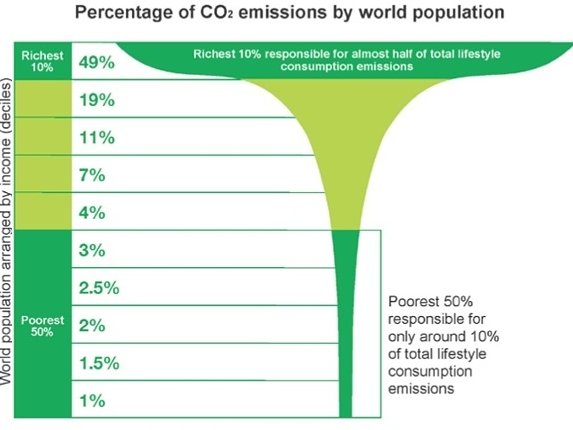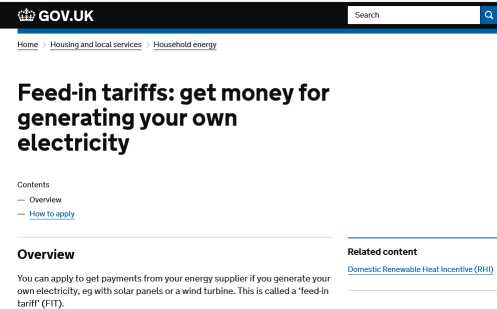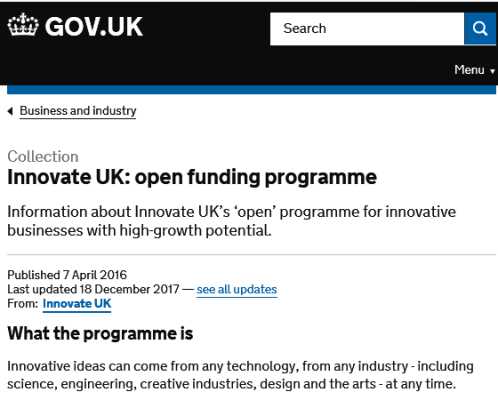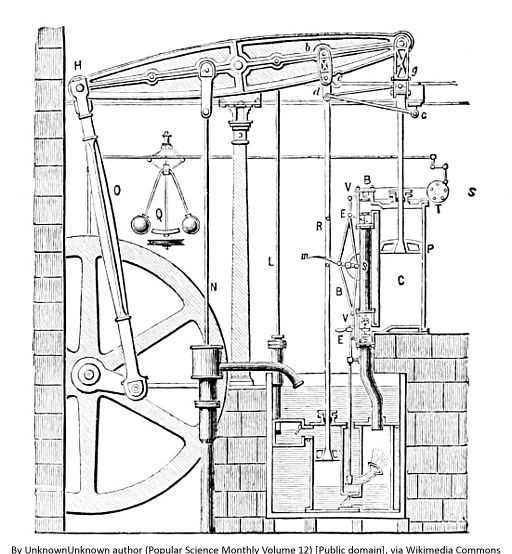Patents and pollution
The rich have screwed the climate

Now we must pay them to clean it up
As Former Environmental Editor of The Wall Street Journal, Jeffrey Ball is well positioned to understand the thinking of the richest 1% of the world’s population. However, he doesn’t seem to blame them for their pollution which is destroying our climate. The Oxfam infographic above shows that the rich are the worst polluters by some distance.
Speaking on the Climate Change and Big Money for New Technology podcast, Ball said:
”Solving environmental problems is about money and solving the mother of all environmental problems, climate change, is about a lot of money …no matter how much money any state or country spends on actions around climate change is gonna pale in comparison to what the private markets can spend and if the world is going to muster action to deal meaningfully with climate change (which by the way it is not now doing) that’s going to depend mostly on on the flow of private money”.
He says that governments can’t solve the problem because they haven’t nearly enough money they can spend. Instead, they must set policies that unleash private money: massive trillions of dollars in investment.
The result: Don’t make wealthy polluters pay, governments must simulate the market to give them good investment opportunities. To paraphrase that old song:
“It’s the rich wot gets the pleasure and the rich wot gets the gain.”
However, Jeffrey may be right
The consensus in the podcast was that governments will not tax pollution enough to force ‘the market’ to save the climate. Instead of the stick of taxes we must use the incentive of investment opportunity. But do we trust markets?
Markets and the “madness of men”
Bethany McLean in the New York Times, The Next Financial Crisis Lurks Underground, describes how “Fueled by debt and years of easy credit, America’s energy boom is on shaky footing”:
A decade and a half ago, Congress was hand-wringing about impending shortages of oil and natural gas… Today, America is the world’s largest producer of natural gas and is an oil powerhouse, ready to eclipse both Saudi Arabia and Russia.
And …
fracking could not have taken off so dramatically were it not for record low interest rates after the 2008 financial crisis. In other words, the Federal Reserve is responsible for the fracking boom.
Failures in regulation can misdirect markets but often it’s the faulty judgement of investors. There are plenty of examples of bad judgement in financial booms and busts. Bethany McLean recounts one:
It’s all a bit reminiscent of the dot-com bubble of the late 1990s, when internet companies were valued on the number of eyeballs they attracted, not on the profits they were likely to make. As long as investors were willing to believe that profits were coming, it all worked — until it didn’t.

Tulip from the Dutch Tulip Mania of 1634 to 1637.
Bubble Bubble has a list of historic bubbles:
The Dutch Tulip Mania (1634-1637)
The South Sea Bubble (1716-1720)
The British “Railway Mania” Bubble (1840s)
Florida’s 1920s Real Estate Bubble (1920s)
The Stock Market Crash (1929)
Kuwait’s Souk al-Manakh Stock Bubble & Crash (1980s)
Black Monday (1987)
Japan’s Bubble Economy (1980s)
The Dot-com Bubble (1990s)
Sir Isaac Newton invested in the South Sea Bubble and said: “I can calculate the movement of the stars, but not the madness of men”. Is letting the market solve the problems of our climate and the future of life on Earth gambling on “the madness of men”?
Markets and knowledge
Madness may be fueled by the ignorance of investors and, if they rely on mainstream media, today’s investors will be ignorant of the scale of the climate threat. There are only a few climate scientists – and even some politicians – that will tell us about the desperate climate situation but many are reluctant to speak out, as Kevin Anderson recounts:
“If you drink half a litre of beer with a politician or
scientist they will tell you how bad it is – but if you
put a microphone there they will tell you some
optimistic nonsense about climate change.”
This may be caused by powerful interests pressurising both scientists and politicians. There are also the perverse and deranged who make “threats against the well being” of scientists and their families.
At the Jeff Ball’s position in the policy spectrum there are those that believe markets can develop technologies that will save life on Earth and allow the world’s population to live like the affluent in developed countries. Examples of possible technologies are: (1) Capturing CO2 to make gasoline to keep cars rolling and planes flying or (2) Covering roads with solar panels to make cheap and clean solar energy.
Example 1: Capturing CO2 and making gasoline
There are processes being developed where CO2 is directly captured from the air, then combined with hydrogen produced from clean electricity to form liquid fuels like gasoline. One of the companies in this field Carbon Engineering, reported their progress in December 2017.
Last week, the Carbon Engineering team demonstrated “Air to Fuels” by directly synthesizing a mixture of gasoline and diesel using only CO2 captured from the air and hydrogen split from water with clean electricity.
National Geographic reported: Carbon Engineering CEO Steve Oldham as saying
“It costs more than a barrel of oil right now, but in places with a price on carbon of $200 a ton, like what’s enabled through California’s Low Carbon Fuel Standard, we’re competitive,”
Huffington Post also reports the claim that Carbon Engineering’s plants could extract CO2 from the atmosphere for about $100 per ton. However, a recent report, Greenhouse Gas Removal, by The Royal Society and The Royal College of Engineering has doubts about the process:
A thermodynamic analysis estimates that the theoretical minimum energy requirement for [Direct Air Capture] is 30 kJ per mol CO 2 204 (0.68 GJ per tCO 2 ). In practice, technologies are likely to require 10 times this amount, but even at that energy requirement combined cycle gas power, which produces c. 10 GJ per tCO 2 emitted, could potentially be used for net removals.
Nevertheless, most designs anticipate the use of renewable energy or waste heat as far as possible.
In the video shown above, the CEO of Carbon Engineering hints that tens of thousands of their CO2 capture plants could make the world carbon neutral. This suggests that several hundred of these would be needed to capture the emissions from UK consumption.
Example 2: Solar Roadways
Another example is a scheme to provide clean energy, cut carbon emissions and help to combat climate change. This is the Solar Roadway, where solar panels replace tarmac on a motorway. The results are described in Ars Technica:
One of the first solar roads to be installed is in Tourouvre-au-Perche, France [has] a cost of €11,905 ($14,000) per installed kW… The road’s capacity factor—which measures the efficiency of the technology by dividing its average power output by its potential maximum power output—is just 4 percent.
By contrast, the Cestas solar plant near Bordeaux, which features rows of solar panels carefully angled towards the sun, has … a capacity factor of 14 percent. And at a cost of … €1,200 ($1,400) per installed kW, one-tenth the cost of our solar roadway, it generates three times more power.
CO2 extraction may be a helpful in dealing with climate change – if anyone is prepared to pay. Solar roadways appear to be – well – useless.. A background assumption or ‘dog whistle’of both these examples is that there are easy ways of dealing with climate change that do not disturb the way of life of the 10% richest too much – and those that aspire to their way of life.
That’s a big assumption.
Government intervention: Priming markets
One approach, which may draw in private money is where governments incentivise uptake of clean technologies.An example from the UK Govenment is Feed-in tariffs: get money for generating your own electricity:

UK Government’s Feed-in tariffs
Another scheme is the Domestic Renewable Heat Incentive, which subsidises the use of biomass boilers, solar water heating and heat pumps:

UK Government’s Renewable Heat Initiative
The Renewable Heat Initiative has been criticised because it has, for some installations, had the perverse incentive of encouraging people to produce heat without conserving it. e.g. running the biomass boilers just to get the payments and opening the windows to keep cool.
Government intervention: Funding for innovation with patents
The UK Government’s Innovate UK has an open funding programme: to provide businesses with grants to develop game-changing or disruptive ideas.

UK Government’s open funding programme
Some of Innovate UK ‘s latest success stories are:
– a new way for consumers to be rewarded for loyalty
– a new technology to increase broadband speed
– a new stress-reducing wristband ‘doppel’ reaches first backers
– development in 3D printing
– a new monitoring system for dementia patients
– innovation in identity security
Innovate Uk exhibit a common requirement for government support. Help is dependent on the acquisition of intellectual property, particularly patents. Companies can even have a reduced rate of tax for making profits from patents:
The Patent Box enables companies to apply a lower rate of Corporation Tax to profits … if your company is liable to Corporation Tax and makes a profit from exploiting patented inventions.
Ownership of patents and other intellectual property by companies, private individuals or other bodies (increasingly universities) is supported by government with the aim of making the economy stronger and promoting econmic growth. The U.S. Patent and Trademark Office reported in 2016 that for IP-intensive industries between 2010 and 2014:
— their proportion of total employment declined from 18.8% to 18.2%
— their share of GDP increased from 34.8% to 38.2% percent
This means that while employing a slightly smaller proportion of the workforce, the owners of intellectual property get a greater share of the nation’s GDP.
A patent is a form of intellectual property. A patent gives its owner the right to exclude others from making, using, selling, and importing an invention for a limited period of time, usually twenty years.
Patents do provide incentives for research and development. That is why the success of government schemes to support innovation is often measured by the number of patents they generate. However, strong criticisms have been made, suggesting they can inhibit development.
Patents held up development of the steam engine

Watt stifled other developments with his patents & other patents stifled his development.
In Against Intellectual Monopoly, Boldrin & Levine describe how the patent system held up the development of the steam engine:
Once Watt’s patents were secured and production started, a substantial portion of his energy was devoted to fending off rival inventors. In 1782, Watt secured an additional patent, made “necessary in consequence of … having been so unfairly anticipated, by [Matthew] Wasborough in the crank motion.”
More dramatically, in the 1790s, when the superior Hornblower engine was put into production, Boulton and Watt went after him with the full force of the legal system.
During the period of Watt’s patents the U.K. added about 750 horsepower of steam engines per year. In the thirty years following Watt’s patents, additional horsepower was added at a rate of more than 4,000 per year. Moreover, the fuel efficiency of steam engines changed little during the period of Watt’s patent; while between 1810 and 1835 it is estimated to have increased by a factor of five.
After the expiration of Watt’s patents, not only was there an explosion in the production and efficiency of engines, but steam power came into its own as the driving force of the industrial revolution.
Boldrin & Levine also describe how the development of Watt’s own engines were hampered by patents held by competitors.
Patents did not hamper development of semiconductors

Patents did not hamper the development of computers much.
The development of semiconductors and computers was a different story. In Federal policy and the development of semiconductors, computer hardware, and computer software: A policy model for climate-change R&D?, David C. Mowery explains how patent law failed to slow the semiconductor revolution:
Bell Labs’ commercial exploitation of its discovery was constrained in various ways by the antitrust suit against AT&T filed in 1949 by the U.S. Department of Justice. Faced with this threat to its existence, AT&T was reluctant to develop an entirely new line of business in the commercial sale of transistor products…
In addition, the military services that had begun to support Bell Labs’ transistor research also encouraged the dissemination of transistor technology.
Mowery also says:
Widespread adoption was essential to the realization of the economic benefits of innovation in electronics, and this is likely to also be true in the case of technological solutions to global warming.
Paradoxically, one important consequence of federal R&D programs and other policies in information technology was the development of a relatively weak intellectual property rights.
In short, policies that encourage innovation that overemphsise intellectual property can inhibit innovation. Decades can pass before a useful innovation realises it’s potential – and with climate change we haven’t go the time. If we must follow Jeffrey Ball’s advice and pay wealthy polluters to save the world, we must avoid the trap of intellectual property that is too strong and pervasive.
Patents and de-growth?
The world must reduce GDP to save the climate because nearly all the activities that GDP counts create greenhouse emissions. The emissions per unit of GDP may be falling (less than is often trumpeted) but it isn’t happening fast enough. For a few decades at least, GDP must fall if we want life on Earth to survive.
As a personal contribution to degrowth, I don’t fly in planes, travel in cars (much) and hardly consume meat (especially beef). I also try to avoid buying goods with a high element of intellectual property because much of my expenditure will go to the richest 10% of the world via investments. e.g. Pension funds profit from investments in Amazon, Netflix and Facebook paying dividends to the retired wealthy, who might just take that polluting extra holiday flight.
But I have an innovative scheme for encouraging climate friendly behavior. If I go to Innovate UK and say “I’ve this effective scheme for cutting carbon emissions: a publicity campaign to shame car travel, air flight, building high buildings and beef consumption”, what will they say?
Would they say “That helps the climate but where are your patents?”
